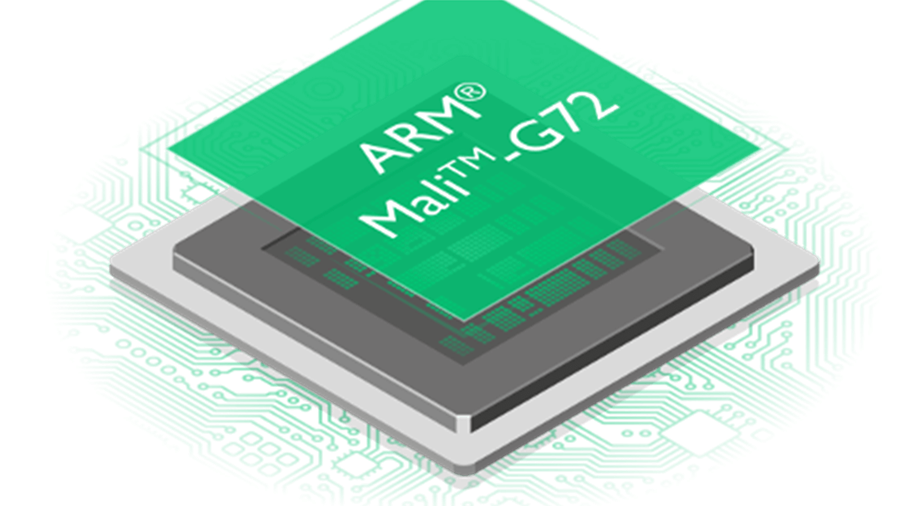
ARM just announced the Mali G1-Ultra, promising "desktop-quality ray tracing" on mobile devices. As someone who's watched desktop GPUs turn into space heaters for realistic puddle reflections, I can't wait to see how this plays out on a device with the thermal capacity of a breakfast pastry.
"83% of Gamers Play on Mobile" - Yeah, Candy Crush Counts
That statistic about mobile gaming dominance is misleading as hell. Sure, 83% of people play mobile games, but they're playing Candy Crush, Among Us, and match-3 bullshit designed around microtransactions, not ray-traced Cyberpunk 2077. The mobile gaming market is built on accessibility and casual gameplay, not bleeding-edge graphics that drain your battery faster than a Tesla in winter.
The 12 billion ARM GPUs shipped aren't powering hardcore gaming experiences - they're running social media apps and making sure your phone doesn't stutter when you swipe through TikTok. Mobile gaming optimization techniques focus on energy efficiency rather than performance because thermal throttling destroys sustained gaming performance.
Ray Tracing: Great in Theory, Hell in Practice
"2x improvement in ray tracing performance" sounds impressive until you realize the baseline was already terrible. Ray tracing on mobile has always been a marketing gimmick because the thermal and power constraints make it useless for sustained gameplay. Hardware-accelerated ray tracing only occupies 4% of GPU shader core area, proving it's an afterthought.
Here's what actually happens with mobile ray tracing:
- Game launches with ray tracing enabled
- Performance starts decent for about 30 seconds
- Phone heats up and thermal throttling kicks in
- Frame rate drops to slideshow levels
- Player disables ray tracing to make the game playable
- Ray tracing remains disabled forever
The "separate hardware unit design" that can "power down during idle periods" is ARM admitting that ray tracing will be turned off most of the time because it's unusable.
Those Performance Numbers Are Pure Marketing Fantasy
ARM's cherry-picked benchmarks are laughable:
- Arena Breakout: 25% improvement (from what baseline? At what thermal conditions?)
- Honkai Star Rail: 19% improvement (for how long before throttling?)
- Genshin Impact: 17% boost (with ray tracing enabled or disabled?)
These numbers mean nothing without context about sustained performance, battery life, and thermal behavior. I'd bet money that these benchmarks were run for exactly long enough to hit peak performance before thermal throttling destroyed the numbers.
The Mobile Gaming Reality Check
Real mobile gaming is about:
- Touch controls that don't suck
- Battery life measured in hours, not minutes
- Games you can pause instantly when your boss walks by
- Graphics that look good on a 6-inch screen
- Not turning your phone into a hand warmer
"Desktop-quality gaming" on mobile is solving a problem that doesn't exist. Console games are designed for controllers, big screens, and sustained attention spans. Mobile games are designed for thumbs, small screens, and bathroom breaks.
